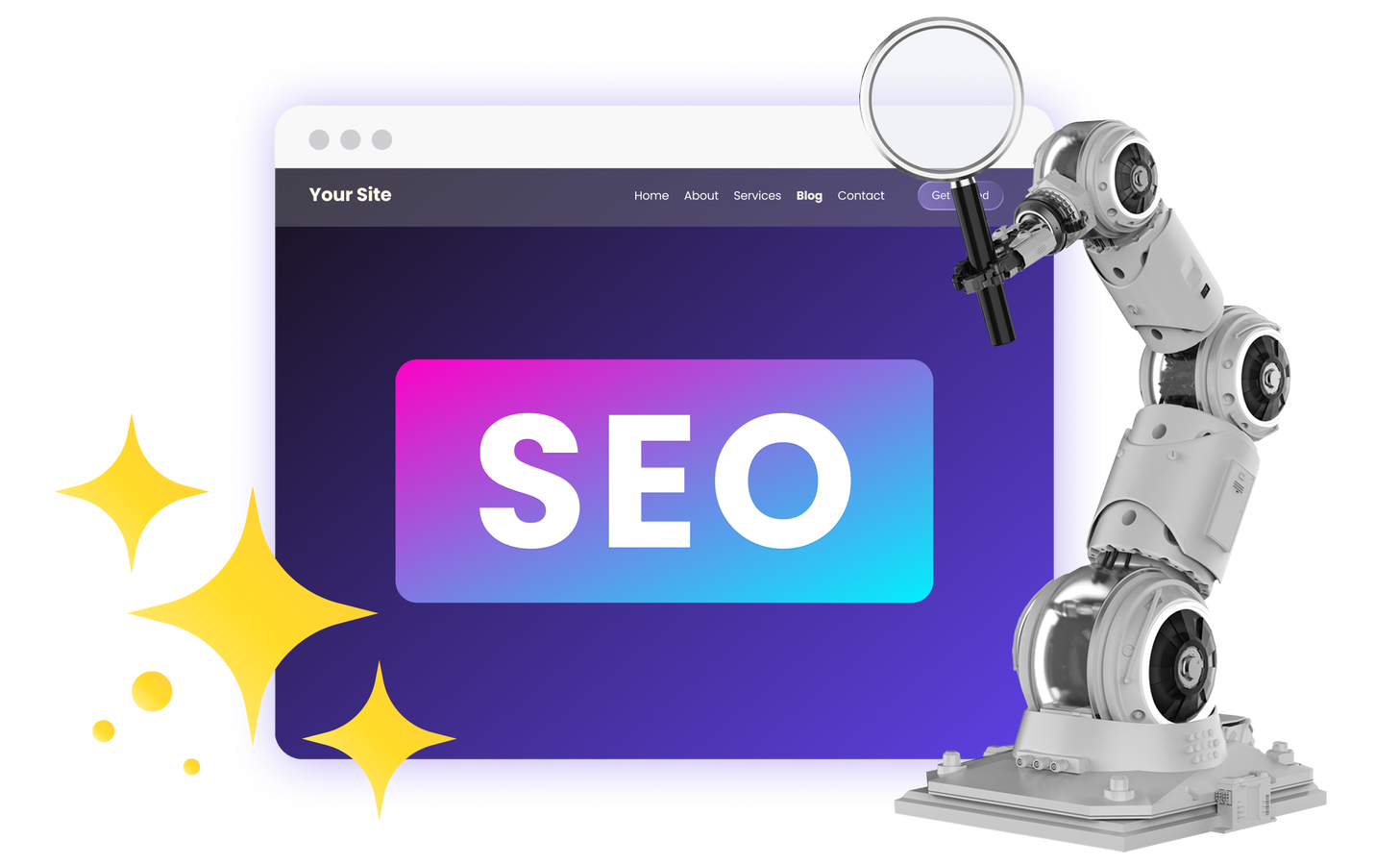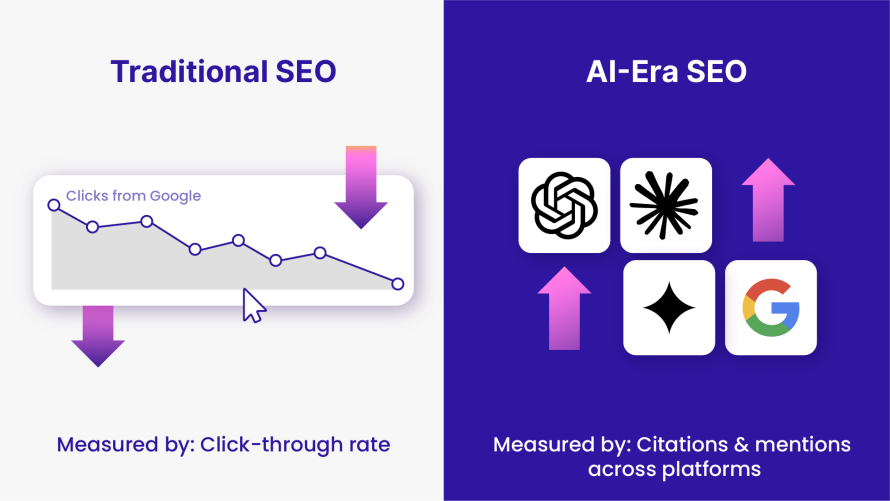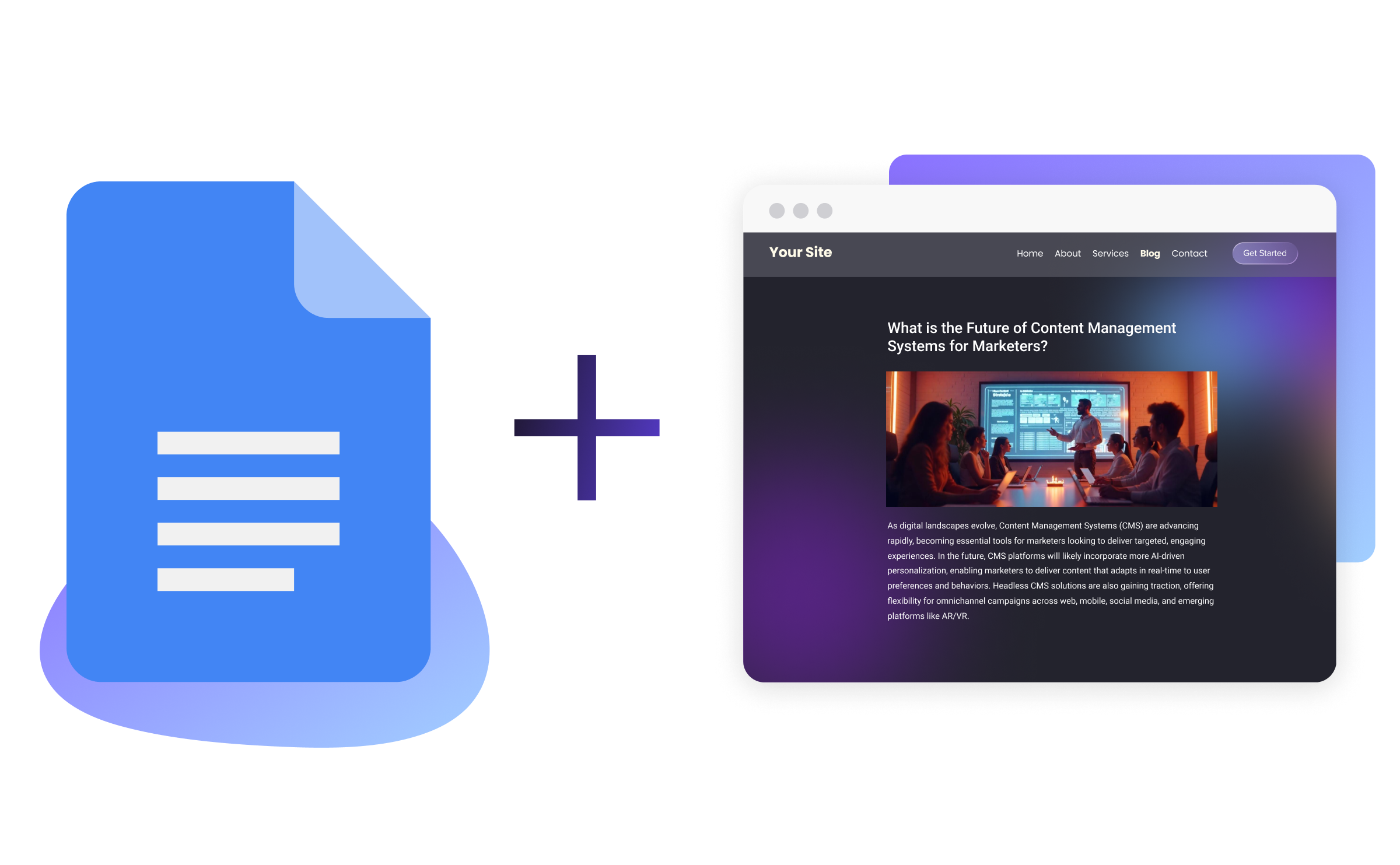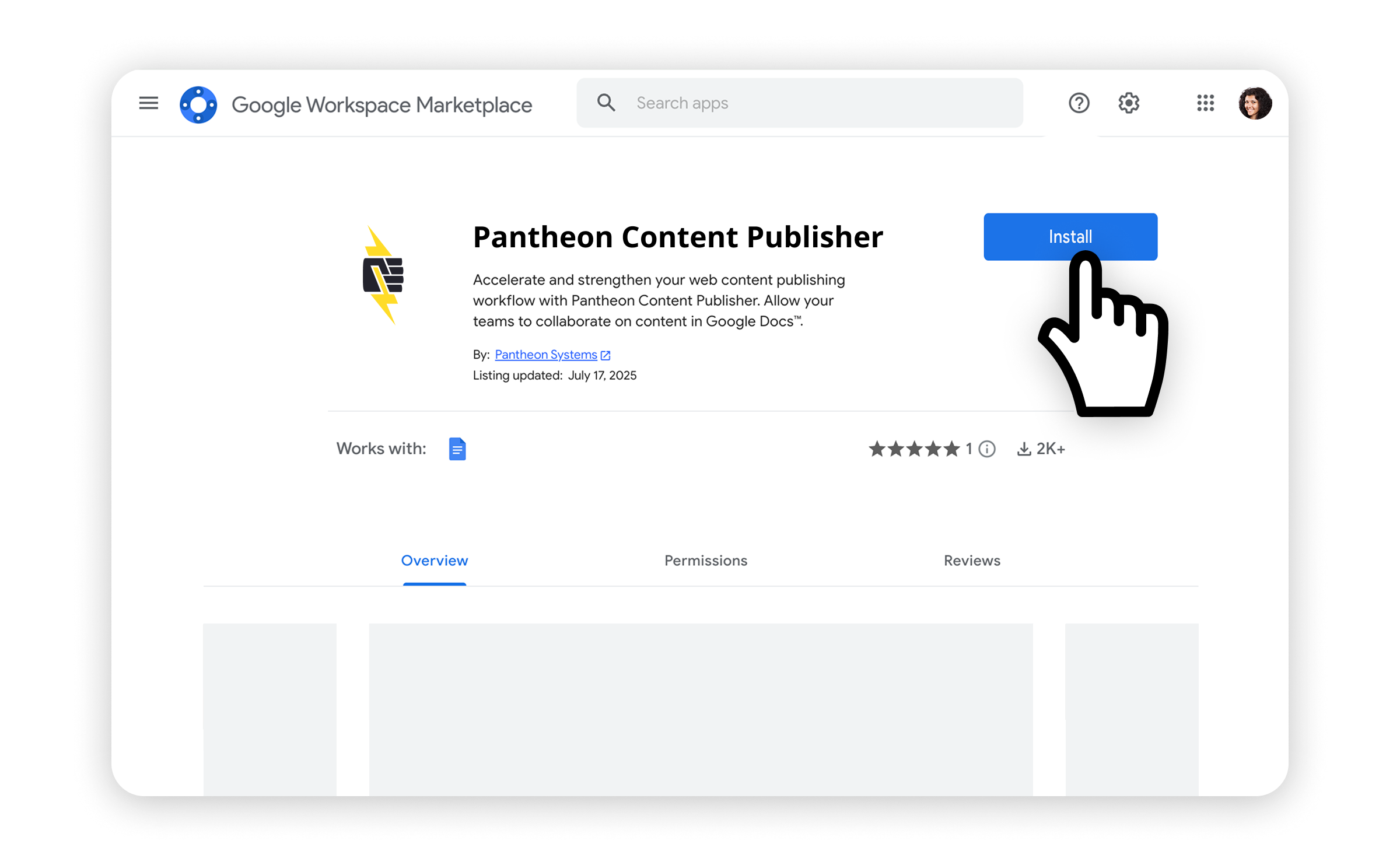From ChatGPT to AI Overviews: How Enterprises Win in Multiplatform AI Search

Google is the world's most popular doctor. You probably started Googling medical questions at some point between 1998 and now. Around the late 2000s, you could get a reasonable starting point to "why does my head hurt," and how to triage the quality and accuracy of those answers.
But even after two decades, the quality of answers varies massively. You start Googling about a headache and invariably get told that you have moments left to live.
Perhaps to distract yourself, you decide to finish researching which new Android phone to buy. You Google "best Android phone," and the results are unusable. It's the same low-quality affiliate-driven "recommendations" from sites that you thought at one point published good content but not today. Hoping to find a real human's recommendation, you add "Reddit" to the end of your search query.
Google has a crushing monopoly on search in the United States, yet it seems obvious that ChatGPT and generative AI threaten its business. How can all of this be true at once?
The decline in the quality of Google's results created the space for something new. ChatGPT may offer inaccurate answers, and even lie to your face. Despite that, many users see ChatGPT as a "friend," and there you have a recipe for search behavior changing overnight.
It took around 10 years for users to decide to trust Google with health questions. It takes maybe two ChatGPT conversations to decide you're changing your search behavior permanently.
Search is experiencing a 1-in-25-year change. Let's unpack what you need to know and how to respond.
From keywords to queries, clicks to presence
First, you need to adjust your mental model of how search works. We move from having a single stakeholder (Google) to a multistakeholder model (legacy Google search, Google's AI Overviews and ChatGPT citations and mentions).
Secondly, embrace the constant change: ChatGPT may refer to one of a dozen separate large language models, with new models released all the time. You may also want to consider Google's AI Mode, Gemini, Claude, Grok, DeepSeek, Perplexity, etc. This field is wildly more dynamic than Google's 10 blue links and is full of opportunities.
Generative AI offers answers, and agentic models can do the labor of visiting websites to find the answer you want. This changes users' expectations. You expect to get an answer, rather than a list of links.
This will likely decrease the volume of clicks to the open web. The clicks you do get, however, become more valuable as the user is able to self-qualify. Further, your website serves as the source of truth for value delivered off the site.
You may have seen clicks from Google decline this year; everyone is seeing this, and it's not necessarily a problem – if you can drive a corresponding increase in value from generative AI responses.
Image

Clicks are still important, but they're one of many metrics you now need to consider. Presence is your key metric for AI performance. For relevant queries, how often are you cited or mentioned? Your formula is:
Your brand’s citations for a specific query / Total citations for a specific query = Your presence % for the query
Last but not least, consider your behavioral changes related to search. While you might Google "best Android phone," you'd ask ChatGPT a more detailed question in natural language. ChatGPT may then pull in a "memory" or previous context in the conversation.
These user behavior changes make search more personalized than ever, and in turn make measurement harder. Again, though, they create opportunities. Amongst all of this, there is almost certainly huge net query growth. People are searching more than ever. It's just no longer all in the same place.
Generative AI search is data-poor, now what?
"How are we doing on ChatGPT?" is a perfectly reasonable question executives may ask. However, it's extremely difficult to answer.
ChatGPT is an infinite black box of queries. OpenAI will not tell you who is searching for which queries. You thus need to make reasonable assumptions about what your ideal customers are searching for and check your presence and mentions.
The best data here is legacy SEO data, where you do know roughly how many people search each keyword per month. We may not know for sure how many people ask ChatGPT, "What are the best small Android phones?", but Ahrefs tells us there are 7.5k searches/month for "small Android phone."
You can now ballpark the ChatGPT query volume, which in turn makes query prioritization possible. This is what my agency, Ellipsis, does.
Hence, we get "Schrodinger's marketing" – simultaneously more complex and simpler than ever. You need to really deeply understand your customers and make defensible assumptions about their search behavior. Then, you can think about optimizing.
Optimizing for generative AI search
Optimization for AI search sees us return to the multistakeholder model. When you had to worry about legacy Google search, everything revolved around keywords. Each article had a target keyword, and your optimization focused on that metric.
Now, for each piece of content, you need to consider:
- Legacy search
- AI Overviews
- ChatGPT searches
- AI Mode
- Other LLMs
Add to that your readers’ interests and your commercial needs. Each of these requires different optimizations. Google's AI Overviews reward atomic sentences – short sentences that cover one simple point – but it would be very silly and unnatural to write an entire article like this.
Optimizing for ChatGPT queries requires knowing which queries you're targeting in the first instance and then offering expert and insightful answers.
You need different parts of your content to do different optimization work: One paragraph may be focused on the AI Overview, whilst another covers legacy search, just as the third heads off to ChatGPT.
Your technical SEO foundations remain as important as ever. You need your site to be easily accessible to humans and robots alike, noting the ever-increasing volume of LLM crawlers.
Amongst all of this, it can be easy to forget the reader. Quality content is still at the heart of everything. Your readers can get any answer to anything, on demand, through ChatGPT. They need a reason to click, and quality is the best way of doing this.
Moving forward as quickly as possible
Speed is your competitive advantage in this new landscape. While competitors debate strategy, you should be testing and iterating.
Start by auditing your current presence across generative AI platforms – this baseline matters. Then prioritize high-value queries where you're underrepresented. Test different content formats and structures to see what resonates with each platform's algorithms. Document what works and scale those approaches.
The winners in this transition won't be the biggest brands, but the fastest learners who adapt their content strategy iteratively.


